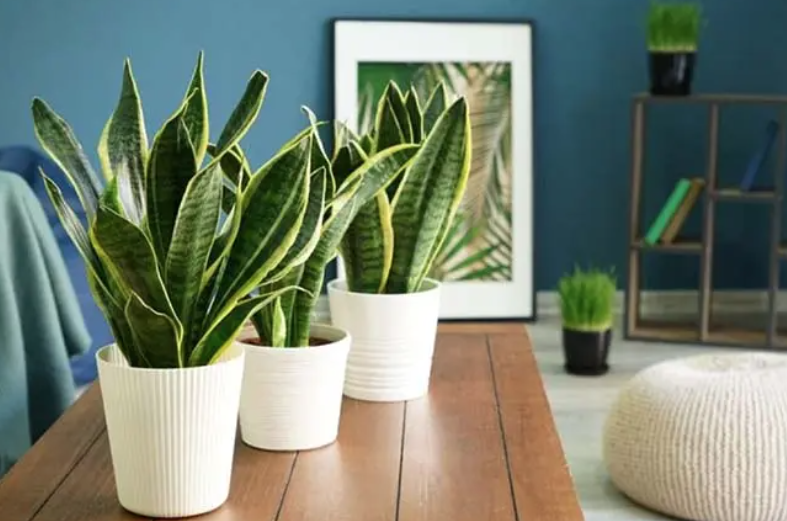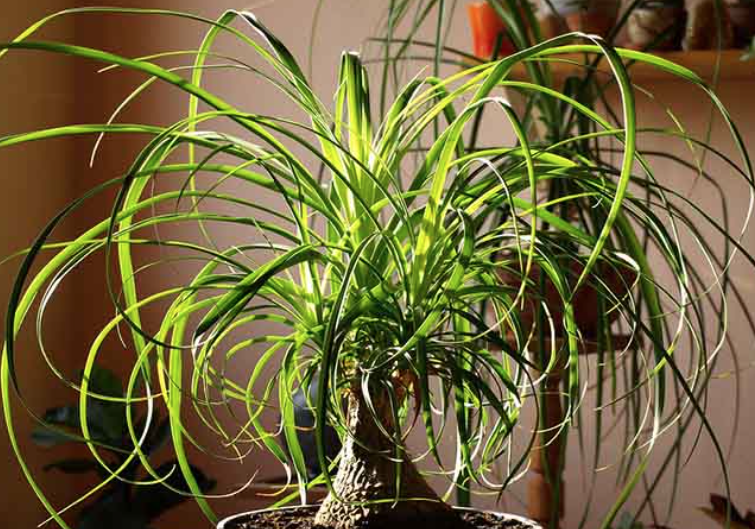Three beautiful houseplants that require little care

Houseplants with decorative foliage are ideal for home decoration. Some potted plants are extremely easy to care for: they need little water and are also durable.
In addition, such plants have the ability to defend themselves against parasites and fungal diseases that attack them. Discover these three very resilient houseplants, as reported by Sante Plus.
Read also: Six fragrant houseplants that will decorate your home
Sansevieria

Sansevieria, also known as "mother-in-law's tongue," is a perennial plant with evergreen, olive-green, or variegated leaves, featuring a yellow border. This succulent plant can be grown in both pots and planters. Besides enhancing your interior decor, sansevieria effectively purifies the air by absorbing toxins such as benzene, which can be released from paints and varnishes, and trichloroethylene, found in some cleaning products.
How to care about sansevieria? To care for sansevieria, avoid exposing it to drafts or heat sources, such as radiators. Water the plant only when the soil is dry, as it can retain water due to its fleshy tissues. Reduce watering during the winter months. Use cactus soil mixed with a bit of sand as the substrate, as sansevieria prefers well-drained, sandy soil. Avoid fertilizing the plant in winter. You can propagate sansevieria through leaf cuttings or by dividing clumps and rhizomes.
Sansevieria can be vulnerable to mealybugs. If you notice an infestation, clean the leaves with a cloth soaked in soapy water and rinse them with clean water.
Bokarnea

Originally from Central America, Beaucarnea is a low-maintenance houseplant often referred to as the "elephant's foot" due to its robust trunk.
Beaucarnea - is perennial succulent features evergreen leaves and produces beautiful yellow or white flowers during its flowering period. Beaucarnea prefers neutral or stony soil with good drainage.
Water Beaucarnea sparingly, usually once a month, and slightly increase the frequency during extreme heat, up to twice a month. In winter, water the plant only when its leaves start to dry. Overwatering can lead to root rot, so it's recommended to use clay balls or a layer of gravel in the pot's bottom for improved drainage.
If you notice a cottony mass forming on the leaves, it's likely a scale insect infestation, and you should promptly treat the plant to prevent further spreading to other houseplants.
Repot the plant approximately every three years, replacing the main pot with a slightly larger one.
Aspidistra

Aspidistra is a perennial plant with evergreen leaves native to Japan and China, earning it the nickname "wrought iron plant" because of its hardiness. The flowers are small and shield-shaped.
Aspidistra thrives in homes with low light conditions and needs partial shade. Direct sunlight can damage its leaves. During summer, water the plant twice a week, but reduce the frequency in the winter to once every two weeks. Spraying the leaves occasionally is also advisable.
Use non-lime spring water for the plant, and ensure excess water is removed from the saucer or pot. To facilitate drainage, choose a pot with drainage holes and place a layer of sand or gravel at the bottom. Aspidistra prefers well-drained and light soil.
As a reminder, houseplants can enhance your space and offer benefits, but they can also be a source of inconvenience and problems, as some of them can attract pests, such as cockroaches.
If you want to get the latest news about the war and events in Ukraine, subscribe to our Telegram channel!
